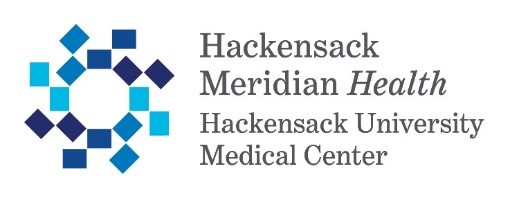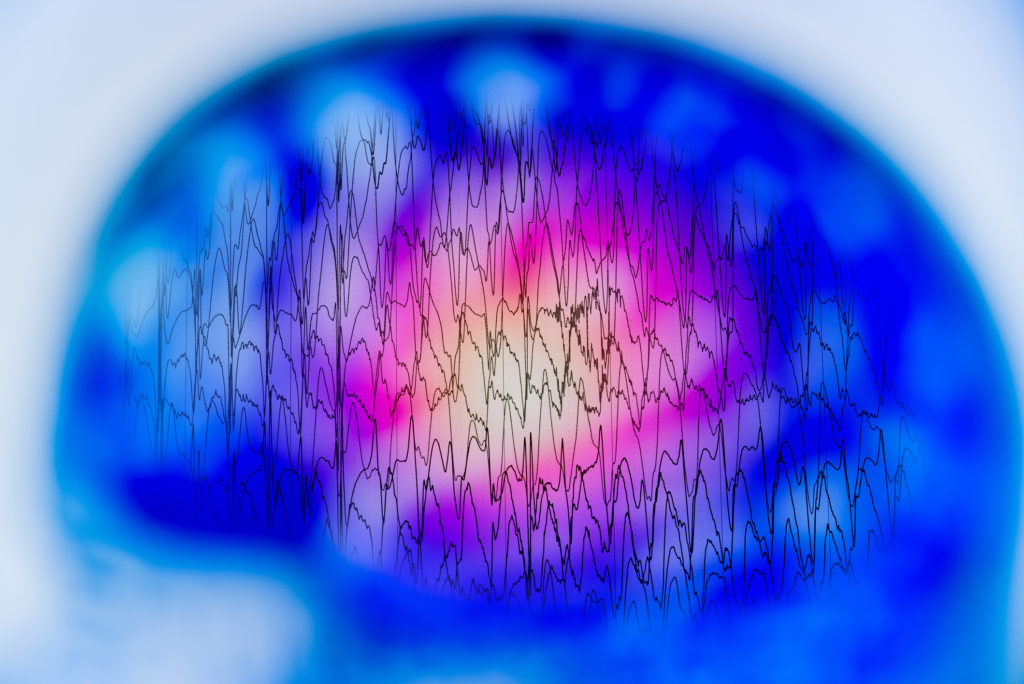Des études suggèrent que faire de l’exercice améliore la condition physique, l’humeur, la pensée et la mémoire, ainsi que la qualité de vie globale des personnes atteintes d’épilepsie – autant d’avantages qui s’appliquent également aux personnes non épileptiques.
Tag: Seizure
Caring for someone with functional seizures: Shannon Guinard’s story
Functional seizures resemble epileptic seizures but are not prompted by any electrical activity in the brain. People with functional seizures live with stigma, stress, and emotional and financial burden — and so do their care partners. Joy Mazur spoke with Shannon Guinard about the challenges and stigmas that face care partners of people with functional seizures.

Caregiving in functional seizures: “Isolated, alone, helpless”
People with functional seizures face stigma, stress, and emotional and financial burdens — and so do their caregivers. While taking care of loved ones, some caregivers may develop high levels of depression and anxiety.
Potential Treatment Target for Drug-Resistant Epilepsy Identified
A new study by Tufts University researchers found a molecule that could be a target for treatment in patients who have become resistant to traditional anti-seizure drugs
With more treatment options, outcomes improve for patients with epilepsy
Epilepsy is a neurological disorder in which brain activity becomes abnormal, causing seizures or periods of unusual behavior, sensations, and sometimes loss of awareness. Anyone can develop epilepsy, and it affects both males and females of all races, ethnic backgrounds and ages.
La encuesta de ILAE destaca las preocupaciones globales sobre los medicamentos genéricos anticrisis
Los neurólogos de todo el mundo tienen preocupaciones sobre el uso de medicamentos genéricos anticrisis, cuestionando la calidad deficiente o inconsistente, el acceso limitado, el costo y la falta de control regulatorio.
Seizures may increase dementia risk for young stroke survivors
Young stroke patients who have a seizure following their diagnosis are at greater risk of developing dementia than patients who don’t experience seizures, according to a College of Medicine study.
Tufts University Researchers Discover New Function Performed by Nearly Half of Brain Cells
Researchers at Tufts University School of Medicine have discovered a previously unknown function performed by a type of cell that comprises nearly half of all cells in the brain.
The scientists say this discovery in mice of a new function by cells known as astrocytes opens a whole new direction for neuroscience research that might one day lead to treatments for many disorders ranging from epilepsy to Alzheimer’s to traumatic brain injury.
Par une nouvelle dénomination: Améliorer l’accès aux soins et réduire les stigmas des crises psychogènes non épileptiques
Comme l’épilepsie, les crises non épileptiques psychogènes (CNEP) ont des conséquences sur la scolarisation, l’emploi et l’autonomie.
Drug-Induced Liver Injury, Translational microRNA Biomarkers, and More Featured in January 2021 Toxicological Sciences
in the January 2021 issue, Toxicological Sciences offers an engaging slate of research in toxicology, from endocrine toxicology and biomarkers to genetic and epigenetic toxicology and mixtures toxicology.

Virginia Tech researchers uncover mechanisms that wire the brain’s cerebral cortex
A research team at the Fralin Biomedical Research Institute at VTC has identified the type of brain cell that produces a protein that is crucial for the formation of inhibitory circuits in the brain. This insight could one day help scientists establish the basis for developing new drugs that mature or repair cellular networks.

Is this your brain on Mozart? Music, seizures, and epilepsy
A recent one-year study found a 35% decrease in seizure frequency in people with epilepsy who listened to an excerpt of Mozart’s Sonata for Two Pianos. Research in animal models also suggests that music has multiple effects on the brain.
FOCAL EPILEPSY OFTEN OVERLOOKED
Having subtler symptoms, a form of epilepsy that affects only one part of the brain often goes undiagnosed long enough to cause unexpected seizures that contribute to car crashes, a new study finds.
COVID-19 Frequently Causes Neurological Injuries
Without directly invading the brain or nerves, the virus responsible for COVID-19 causes potentially damaging neurological injuries in about one in seven infected, a new study shows. These injuries range from temporary confusion due to low body-oxygen levels, to stroke and seizures in the most serious cases, say the study authors.

UCLA-Easton Center names new director to lead Alzheimer’s research
Dr. Keith Vossel, who is known for his discovery that many Alzheimer’s patients experience nighttime seizures that disrupt their sleep, is the new director of the Mary S. Easton Center for Alzheimer’s Disease Research at UCLA.

Researchers Discover a Novel Potassium Channel Activator Which Acts as a Potential Anticonvulsant
Corresponding Authors: Paul A. Slesinger, PhD, Lillian and Henry M. Stratton Professor of Neuroscience, Director, Center for Neurotechnology & Behavior, Icahn School of Medicine at Mount Sinai, New York (lead) Avner Schlessinger, PhD, Associate Professor, Department of Pharmacological Sciences, Associate…

When seizures don’t stop: What’s the latest in treating status epilepticus?
When seizures last longer than about 5 minutes–a condition called status epilepticus–emergency treatment is required. About two-thirds of people respond to initial treatment with benzodiazepines, but the others need a second drug. Which drug to choose is a matter of some debate.

Post-ictal psychosis: A medical emergency for people with epilepsy
About 70% of people with epilepsy report post-seizure (post-ictal) complications, ranging from fatigue to memory issues to headache. Post-ictal psychosis while rare, is perhaps the most dramatic of these. As many as 7% of people with temporal lobe epilepsy develop PIP, which can cause suicidal behavior or interpersonal violence. The condition requires immediate attention and treatment.

Reducing the epilepsy treatment gap in Pakistan: Start small, stay flexible, never give up
In retrospect, Pakistan’s effort to reduce the treatment gap can appear painstakingly planned, like the blueprints for a shopping complex or a neighborhood. But the secret of the country’s success is not rooted in elaborate planning. Nor did it rely on generous funding or government support.

Epilepsy education at Disneyland: Spreading awareness, changing lives
At Epilepsy Awareness Day at Disneyland, thousands of families and physicians mix epilepsy education, information, and advocacy with enjoying a day at “the happiest place on earth.”

Hackensack University Medical Center Participated in Nationwide Study that Finds Three Medications are Safe and Effective in Treating Life-Threatening Seizures
Hackensack University Medical Center researchers in Emergency Medicine participated in a nationwide study published in the New England Journal of Medicine in November 2019 that concluded that three drugs are equally safe and effective in treating patients with life-threatening seizures called Status Epilepticus (SE). The new study, Established Status Epilepticus Treatment Trial (ESETT), examined three medications commonly administered in the emergency department to treat SE – levetiracetam, fosphenytoin, and valproate – in order to learn which is most effective in treating patients.

Investigational Drug for People with Treatment-Resistant Epilepsy
Imagine not being able to drive, shower alone or even work because you are never quite sure when the next seizure will leave you incapacitated. Hope may be on the horizon for epilepsy patients who have had limited success with seizure drugs. In a study, led by a Johns Hopkins lead investigator, of 437 patients across 107 institutions in 16 countries, researchers found that the investigational drug cenobamate reduced seizures 55% on the two highest doses of this medication that were tested over the entire treatment period.

Epilepsy is a threat to public health, says international report
Worldwide, more than 50 million people are living with epilepsy. As many as 37 million are not receiving treatment, though it can cost as little as US$5 a year and eliminates seizures about two-thirds of the time. These findings and many others are published in “Epilepsy: A public health imperative”, a report produced by ILAE, the World Health Organization and the International Bureau for Epilepsy.

Epilepsy is a threat to public health, says international report
Worldwide, more than 50 million people are living with epilepsy. As many as 37 million are not receiving treatment, though it can cost as little as US$5 a year and eliminates seizures about two-thirds of the time. These findings and many others are published in “Epilepsy: A public health imperative”, a report produced by ILAE, the World Health Organization and the International Bureau for Epilepsy.